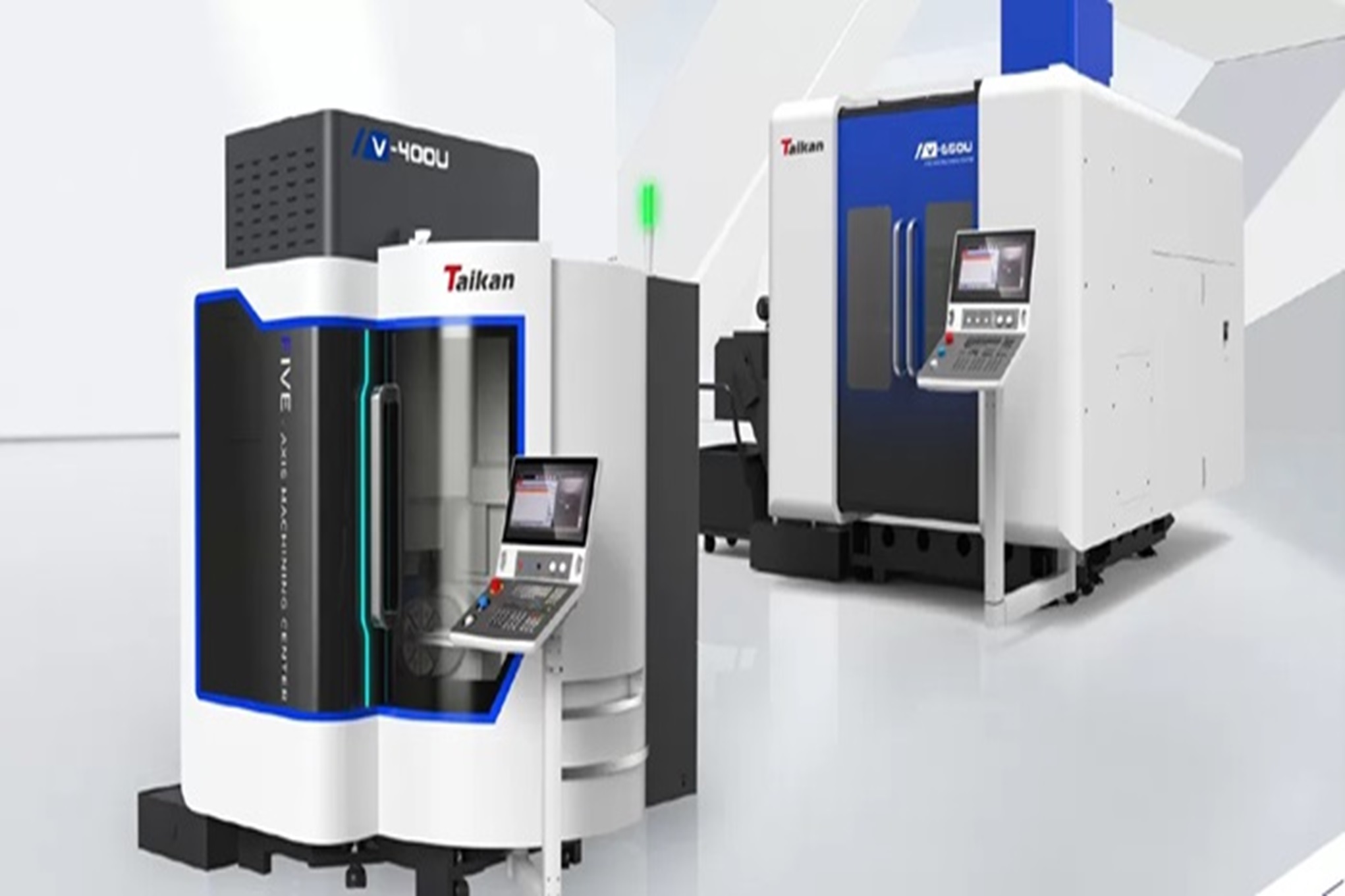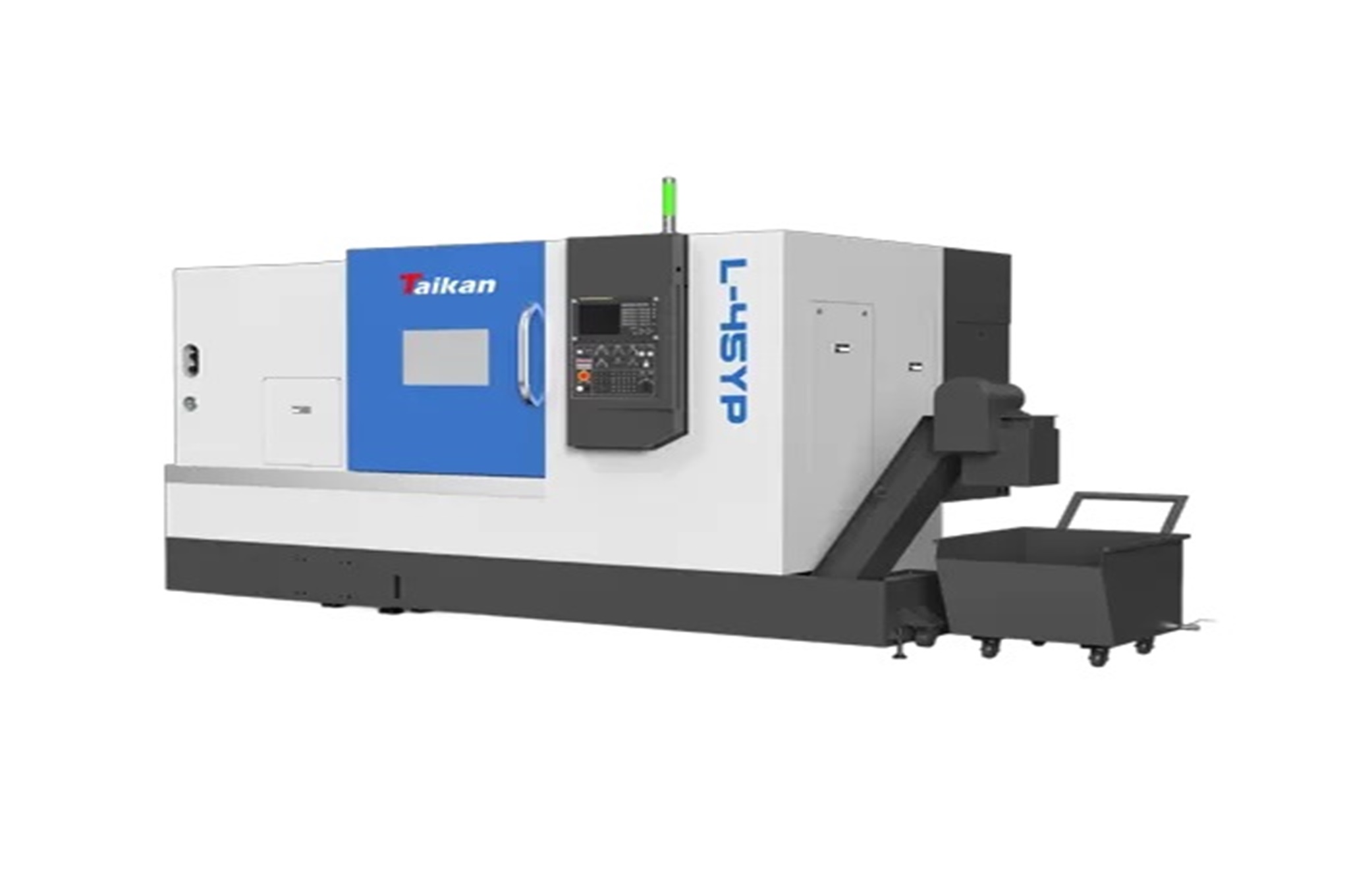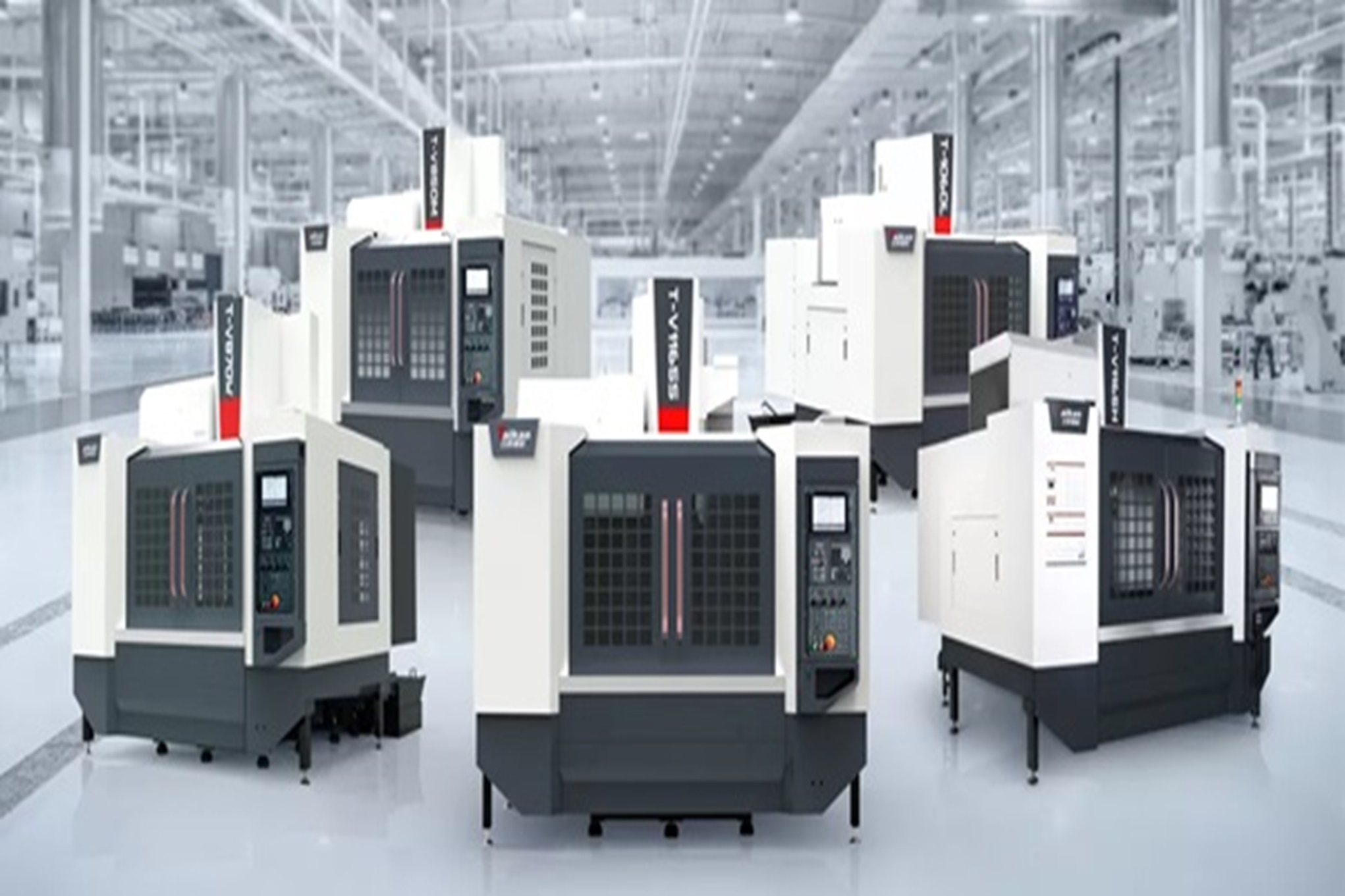In the modern era, precision engineering is at the forefront of manufacturing advancements, with CNC Vertical Machining Centers (VMC) playing a pivotal role. These sophisticated machines have evolved to meet the high demands of industries ranging from aerospace to automotive, providing unparalleled accuracy, efficiency, and the ability to work with complex geometries. With the rise in popularity of cnc machining centers, understanding the nuances of VMCs can significantly benefit organizations looking to improve their production capabilities. This guide explores the definition and components of VMCs, how they operate, their advantages, the industries in which they are prevalent, and essential maintenance practices.
Definition and Components
CNC Vertical Machining Centers are advanced manufacturing machines designed to carry out precision machining tasks with high efficiency. Key components include the spindle, worktable, and control unit, which collectively allow intricate operations on raw materials.
Component | Description | Role |
Spindle | Motor-driven axis | Rotates cutting tools |
Worktable | Surface for mounting the workpiece | Provides stability |
Control Unit | Computer interface for programming | Manages machining operations |
The spindle rotates at high speeds, allowing for precise cutting, drilling, and milling, which is vital for operations requiring high precision cnc machining. The worktable holds the workpiece securely, essential for processes like cnc turning and milling machine operations. The control unit offers programmers the ability to set the machine for specific tasks, enhancing machinery efficiency comparable to cnc Swiss lathe machines.
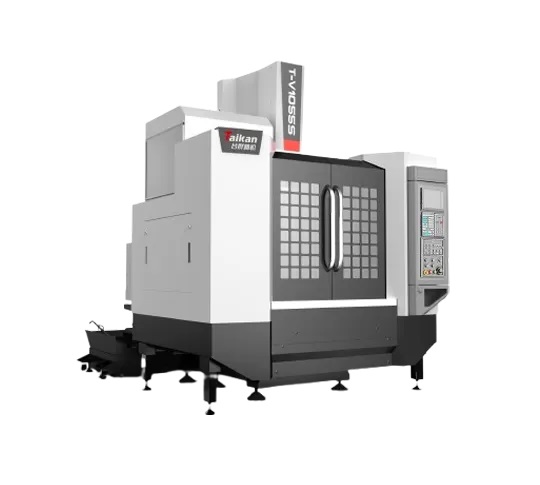
How VMCs Operate
Operation of VMC units involves intricate workflows where machines handle specified instructions to complete various tasks. They use computer numerical control (CNC) to guarantee precision and repeatability, an advantageous feature for enterprises investing in cnc vertical machining center technology to support large-scale production.
In essence, the operation starts with the programming phase where operators use the control unit to input machining commands. The CNC Vertical Machining Centers then carry out these commands precisely, thanks to their advanced servo mechanisms and software. This characteristic mirrors the ambitions of 5 axis cnc machine setups found in cnc aerospace machining tasks, where multiple axes harmonize for perfect alignment.
Advantages in Manufacturing
VMCs offer several advantages that make them invaluable in the manufacturing landscape, emphasizing efficiency and cost-effectiveness. Leading benefits include enhanced accuracy, reduced production time, and adaptability for varied tasks, making them a cornerstone in sectors utilizing cnc lathe and milling machine operations.
Unlike traditional machining tools, vertical machine centers allow simultaneous operations, effectively improving throughput. These centers are adept at not only machining complex parts but also shortening production cycles, which lowers the cnc machine cost over time. This multipurpose nature aligns with the operational use of cnc horizontal mill and vertical cnc machine counterparts.
Common Industries Using VMCs
Multiple industries leverage VMC technology to enhance the quality and speed of manufacturing processes. VMC machine adoption is widespread in aerospace, automotive, and electronics sectors, each relying on the precise capabilities these centers offer.
The aerospace industry utilizes VMCs in cnc machining for aerospace parts, ensuring component reliability and accuracy, akin to precision cnc milling technologies. In automotive production, CNC Vertical Machining Centers assist in producing complex parts with consistency, a capability that's similarly harnessed by 5 axis milling machine configurations. Meanwhile, electronics manufacturers depend on VMCs for precision cnc turning, delivering components critical to device performance and lifespan.

Maintenance Best Practices
Proper maintenance of CNC Vertical Machining Centers extends their service life and ensures uninterrupted performance. Essential practices include regular inspection, cleaning, and lubrication, all pivotal in preserving the machine's efficiency.
Maintenance Task | Frequency | Purpose |
Inspection | Weekly | Identify wear and tear |
Cleaning | Daily | Remove debris and dirt |
Lubrication | Monthly | Reduce friction |
Regular inspection and cleaning ensure that components like spindles and work tables function optimally, akin to the precautions taken with automatic lathe systems. Lubrication minimizes wear, maintaining operations at high precision, similar to practices involving tapping machining and vertical lathe machine applications.
Conclusion
CNC Vertical Machining Centers represent a pivotal evolution in machining technology, offering precision, versatility, and efficiency essential to modern manufacturing. Whether utilized in cnc aerospace machining or CNC Vertical Machining Centers for automotive projects, the benefits and applications are vast. Proper comprehension and maintenance of VMCs ensure longevity and optimal performance, making them a valuable asset for industries aiming for high precision manufacturing. As the demand for quality china cnc machine and century machinery grows, the acquisition of VMCs promises significant enhancements across various production domains.

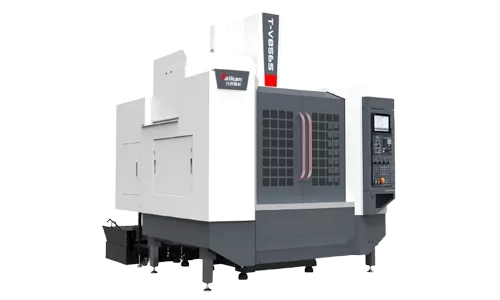
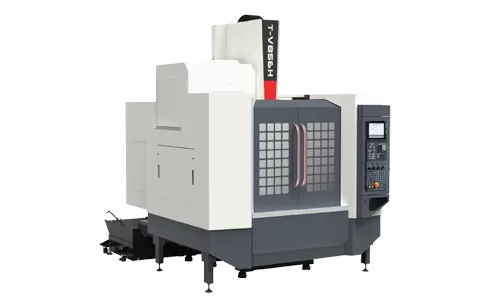
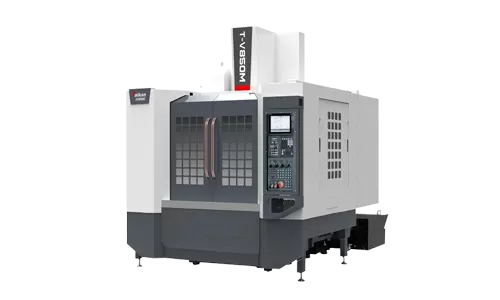
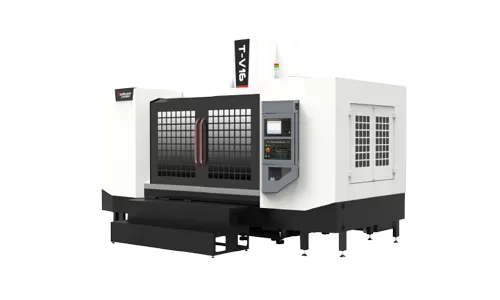

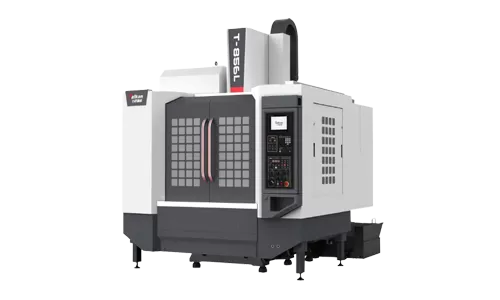

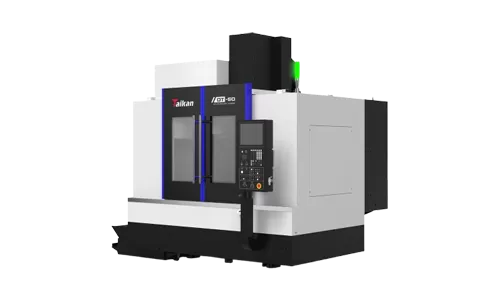

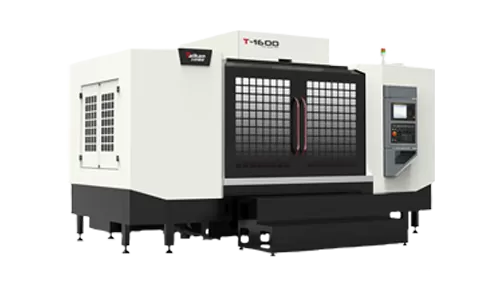
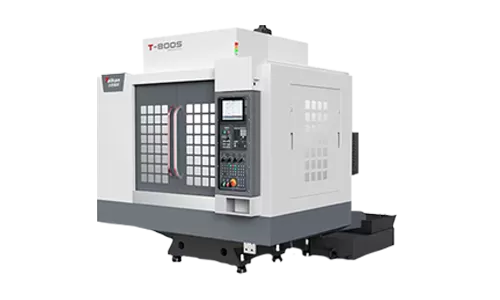
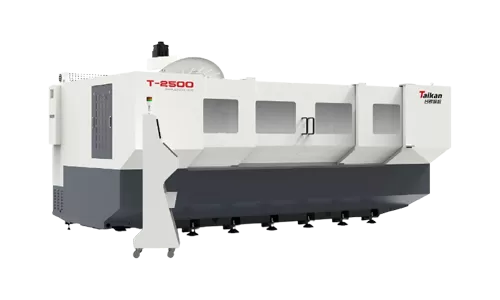


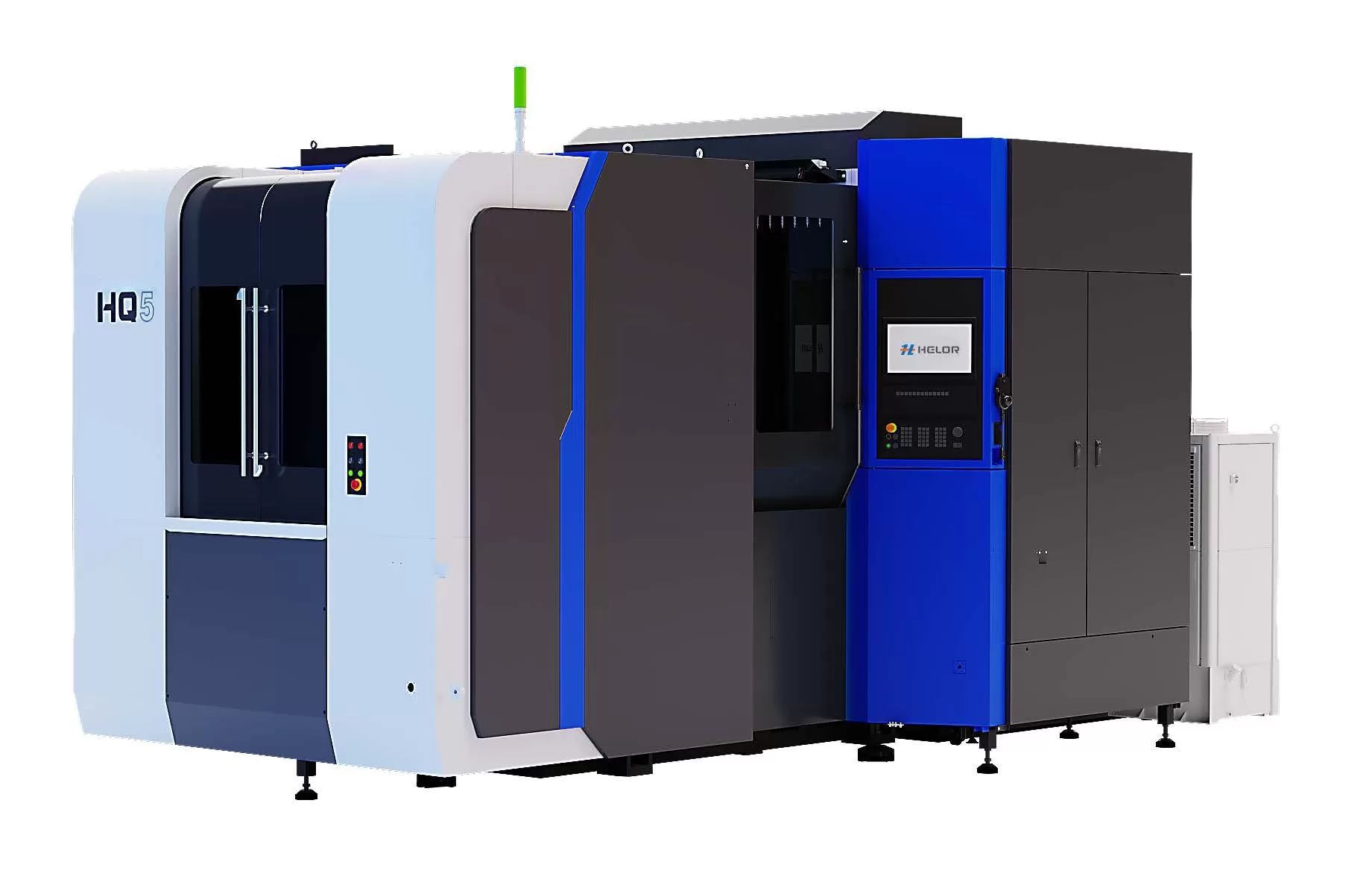
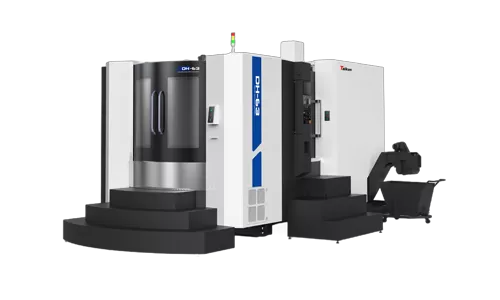

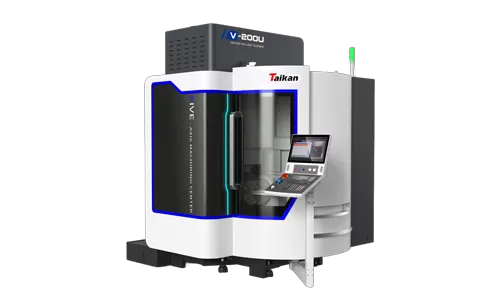
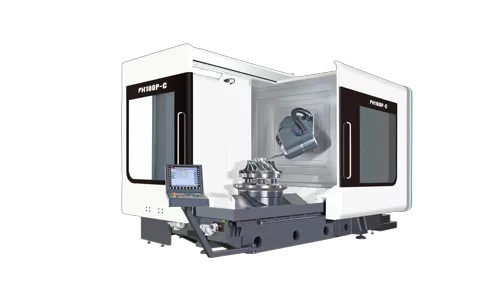
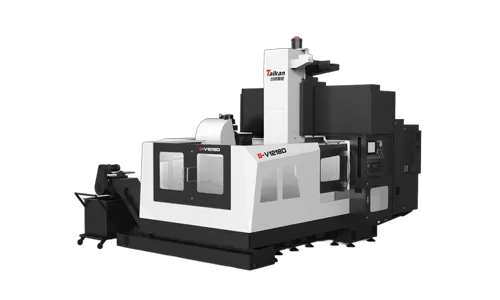
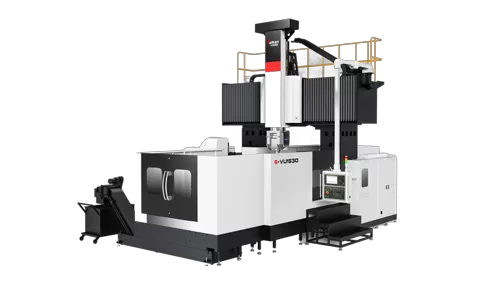

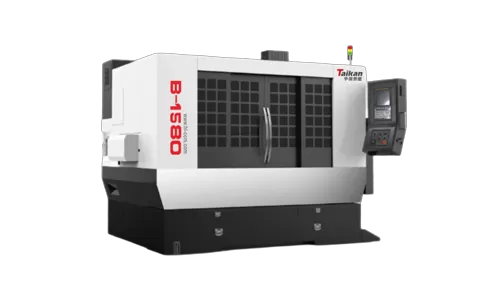

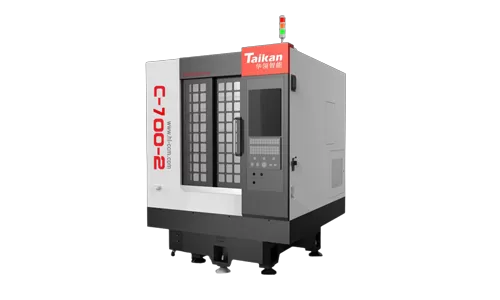
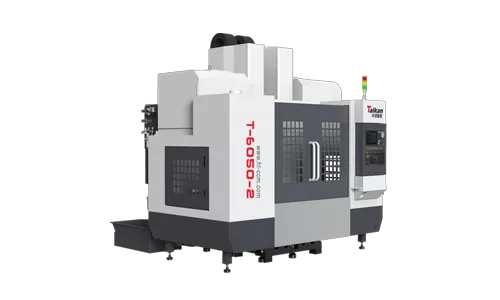
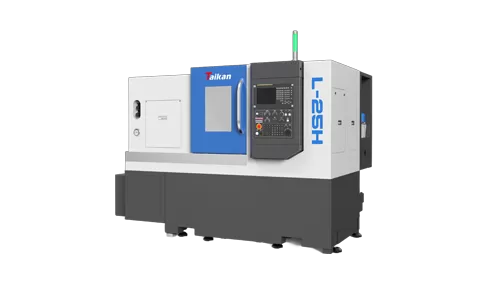



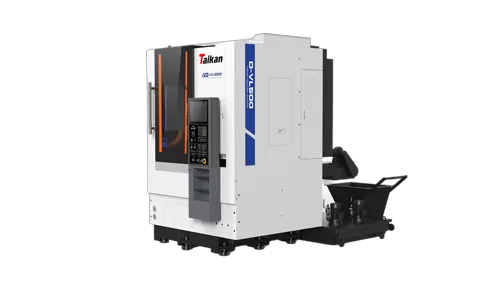
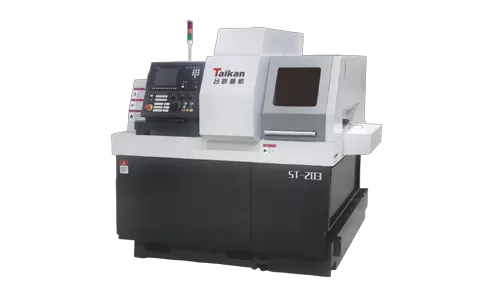
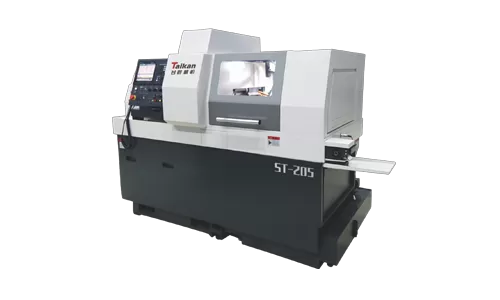
 Vertical Machining Center Drilling and Milling Machining Center Profile Machining Center Horizontal Machining Center 5-Axis Machining Center Gantry Machining Center CNC Multi-Head High-Speed Machining Center CNC Lathe CNC Swiss-Type Automatic LatheS series Standard Edition with 3-Axis Linear Guide Rails H Series Advanced Edition with 3-Axis Linear Guide Rails M Series Excellent Rigidity T-V Series Light Cutting W Series Hub Machining L Series Two Rails and One Hard Rail T Series 3-Axis Hard Rail DT Series High Precision Vertical Machining CenterB Series Drilling & Milling Machining Center S Series Drilling & Milling Machining Center SE Series Drilling & Milling Machining CenterT Series Moving Column Type & BT30 (Tilt-Disc Tool Magazine) V Series Moving Column Type & BT40 (Tilt-Disc Tool Magazine)T-H11 Horizontal Machining Center HQ5 High Rigidity Horizontal Machining Center DH-63 Horizontal Machining Center DH-100S Horizontal Machining CenterG-V Series 3-Axis Linear Guides G-VU Series 5-Axis Gantry Machining Center G-BU Series Bridge 5-Axis Gantry Machining CenterSingle-Head High-Speed Engraving Machining Center Multi-Channel High-Speed Machining Center Multi-Head High-Speed Engraving Machining Center Multi-Head Vertical Machining Center
Vertical Machining Center Drilling and Milling Machining Center Profile Machining Center Horizontal Machining Center 5-Axis Machining Center Gantry Machining Center CNC Multi-Head High-Speed Machining Center CNC Lathe CNC Swiss-Type Automatic LatheS series Standard Edition with 3-Axis Linear Guide Rails H Series Advanced Edition with 3-Axis Linear Guide Rails M Series Excellent Rigidity T-V Series Light Cutting W Series Hub Machining L Series Two Rails and One Hard Rail T Series 3-Axis Hard Rail DT Series High Precision Vertical Machining CenterB Series Drilling & Milling Machining Center S Series Drilling & Milling Machining Center SE Series Drilling & Milling Machining CenterT Series Moving Column Type & BT30 (Tilt-Disc Tool Magazine) V Series Moving Column Type & BT40 (Tilt-Disc Tool Magazine)T-H11 Horizontal Machining Center HQ5 High Rigidity Horizontal Machining Center DH-63 Horizontal Machining Center DH-100S Horizontal Machining CenterG-V Series 3-Axis Linear Guides G-VU Series 5-Axis Gantry Machining Center G-BU Series Bridge 5-Axis Gantry Machining CenterSingle-Head High-Speed Engraving Machining Center Multi-Channel High-Speed Machining Center Multi-Head High-Speed Engraving Machining Center Multi-Head Vertical Machining Center
 es
es  pt
pt  ar
ar  tr
tr  fr
fr  de
de  it
it  th
th  vi
vi  pl
pl  ms
ms  hi
hi  id
id  kk
kk 

